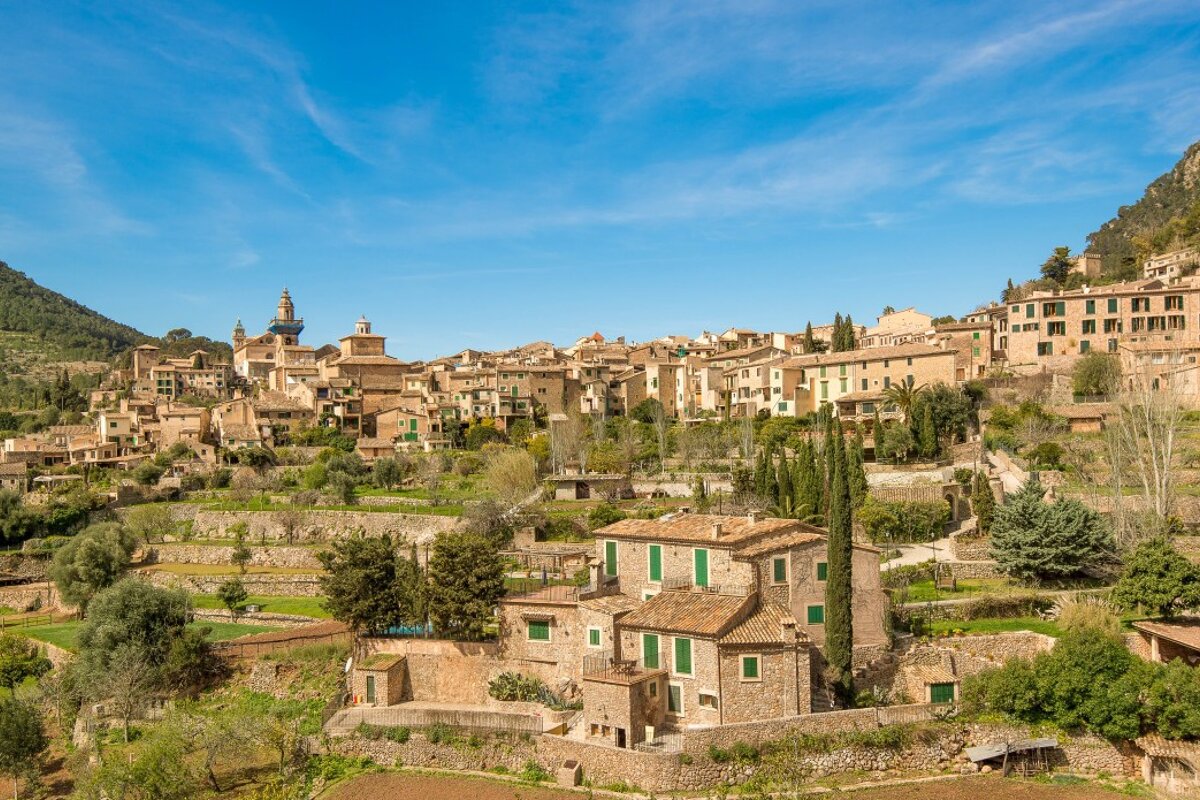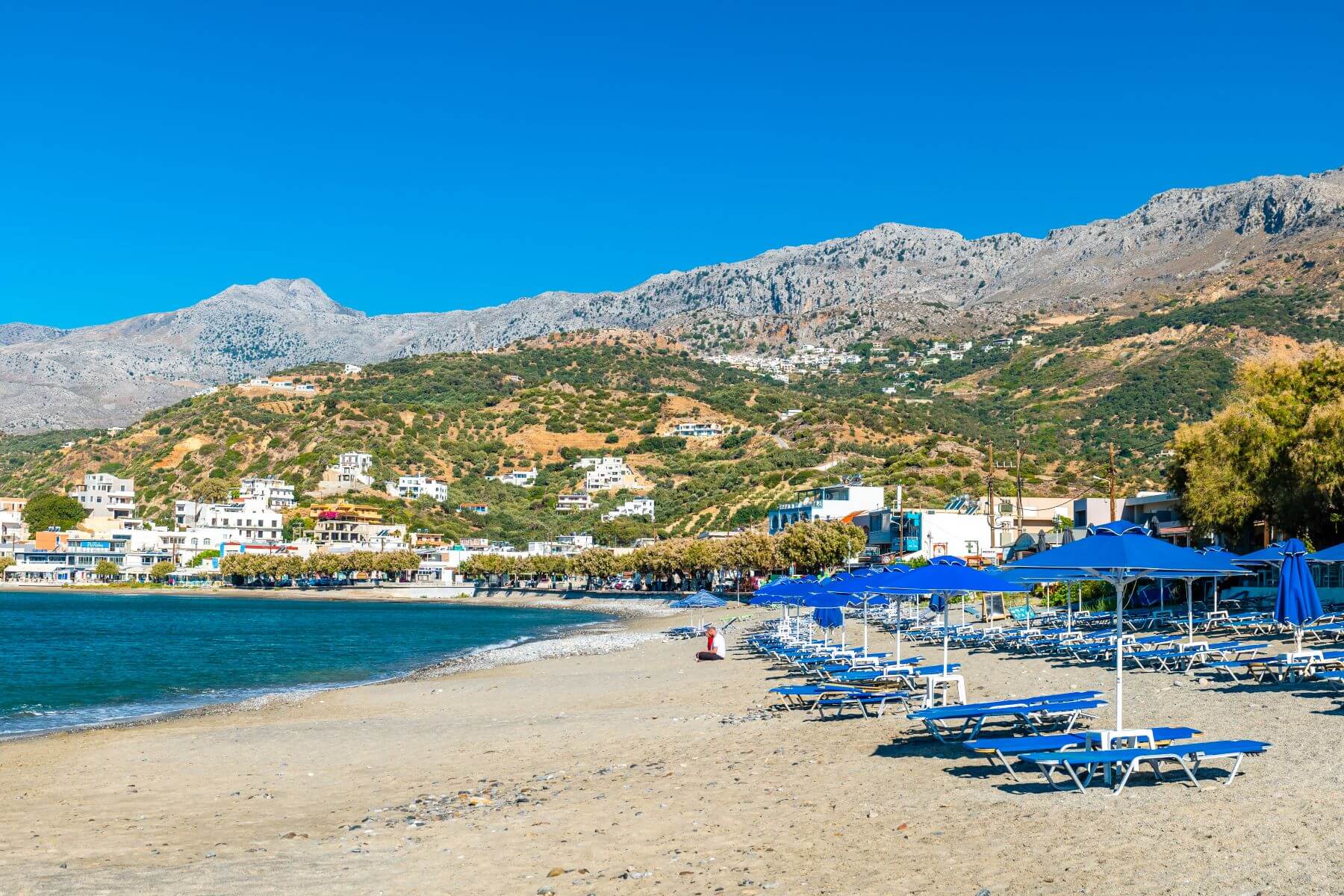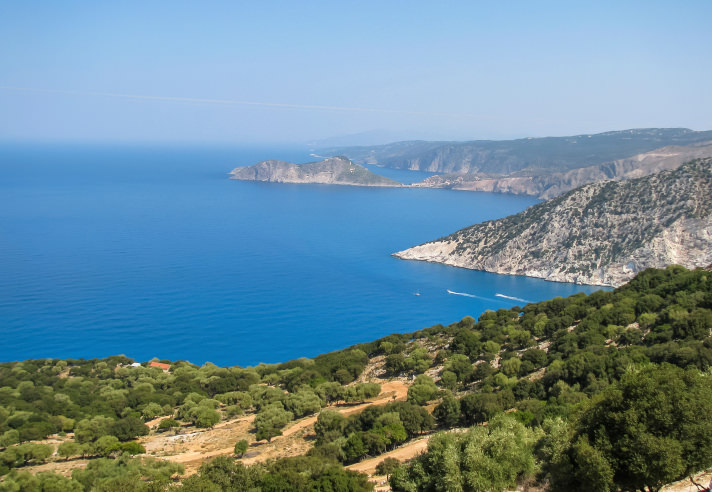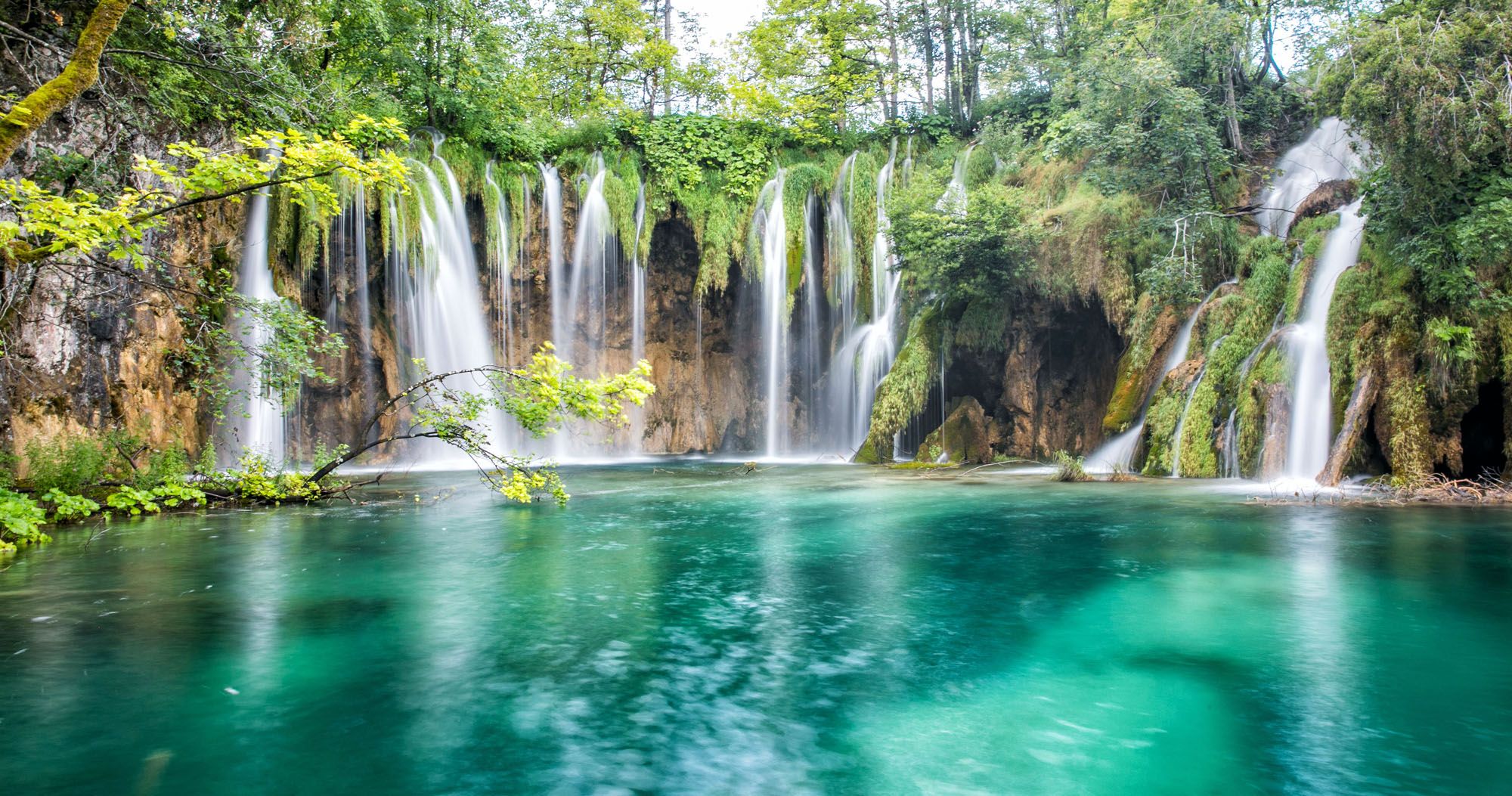We stayed in Finca Las Abubillas in Jaraceijo, owned by a hospitable Dutch couple. That is a nice place to stay and explore the area. The finca has bungalows with a private terrace and a lovely swimming pool. We tell you which beautiful villages and towns in the region are worth a visit!

Romangordo
About thirty kilometers from our residence Jaraceijo is the village of Romangordo. Via the old, scenic highway to Madrid, where we did not encounter any other cars on the entire route, you are in this village in just over half an hour. It is known for its unique murals. The street art here is deceptively real and sometimes you wonder if it’s a real garage door or a painting. Take a leisurely stroll around the small town with less than 250 inhabitants.

Guadalupe
You should definitely visit Guadalupe, one of the most important pilgrimage sites in Spain with a beautiful monastery: Real Monasterio Senora de Guadalupe. Guadalupe is on the list of the most beautiful villages in Spain. In addition to the monastery, you will find picturesque streets and houses with overhanging balconies, where you can walk in the shade even in the hot summer. There are plenty of cafes and terraces to take a breather. Keep in mind that the Spanish closing time of shops and attractions is between 2 and 5 pm. We drove there via a beautiful drive through the mountains, but there is also a faster route.

Trujillo
In the historic center of Trujillo, on the Plaza Mayor, stands the statue of Francisco Pizarro, the discoverer of Peru. When walking through this town, which is located on a granite hill, you will regularly come across his name. At the top is a castle from which you have a beautiful view of the dehesa. You can also visit the ruins of an old fortress with an underground water reservoir. Tired of the walk? On the Plaza Mayor you can relax on a terrace. There are plenty of nice shops to browse around. Trujillo is also on the list of the most beautiful Spanish towns!

Caceres
Cáceres, the capital of the Extremadura region, was founded in 1968 declared the Third Monumental Complex of Europe (after Prague and Tallinn) by the Council of Europe. Twenty years later the city, founded in 25 BC, moreover placed on the UNESCO World Heritage List. The ancient center is still surrounded by walls. If you wander through the historic city center with its narrow streets, you will be amazed by the architecture. You can visit dozens of churches and monasteries. When we visited the city it unfortunately rained all day (despite the warm, Mediterranean climate) and we fled into the impressive Albije museum. Don’t like the museums and churches? In the old center you will find dozens of nice shops with a variety of regional products. Don’t forget to buy a can of the famous Pimenton, the smoked paprika, a real regional product. There are plenty of cozy restaurants for lunch on the central square.

Merida
An absolute highlight during our visit to the Extremadura region was the city of Mérida. Although we have regularly visited Roman antiquities, we rarely saw them as beautiful and impressive as in this city, which was founded by the Roman Emperor Augustus. At the time it was one of the most important cities of the Roman Empire.
Fortunately, a number of restored monuments and sights have been preserved. You can buy a ticket per location, but also a combined admission ticket (in 2024 you paid €16 for this) for all monuments. Do not miss the amphitheater, theater and the adjacent museum. In the amphitheatre, 16,000 spectators could watch the gladiator fights. Next to it is the theater, which welcomed 6000 visitors in Roman times. Even now, performances are regularly given.

Adjacent to the Theatro Romano you will find a number of bars. Settle down on one of the terraces to take a rest from wandering through the excavation. When you are rested, visit the museum of Roman art, which is located in a very impressive building right next to the theater. There is an incredible amount of Roman art found in Mérida. Especially amazing are the large mosaic floors that are still in very good condition and you would like to have on your own floor.


Vulture Rock Penafalcon
This vulture rock, where up to 40 pairs of griffon vultures breed, is one of the most visited places in Extremadura. It is also the only place in the region where it can sometimes be busy. On the advice of our host, we went there at half past three in the afternoon and for good reason. With the river Tagus in the depths and the rock in front of you, you can enjoy a great air show here. Dozens of vultures flew right over our heads, perched behind us on the rock or on a rocky outcrop in the river. Although you can certainly see them well with the naked eye, binoculars are of course also useful. With a bit of luck you will also see the Spanish Imperial Eagle breeding on the rock across the street.


Back at the finca you can of course always take a dip in the nice swimming pool. Then walk to the village of Jaraceijo (500 meters), settle down on one of the terraces and order some of those tasty raciones. We ordered six dishes for four people with salads, potato croquettes, chicken in cream sauce and other delicacies, and that was more than enough. We had lost less than 50 euros, including the wine. Another advantage of the beautiful Extremadura!

Go on holiday to the Extremadura
The Extremadura region also offers plenty of opportunities for hikers. Or combine a car ride with a short walk afterwards. We drove a beautiful trip of 34 kilometers through the dehesa and arrived at the river Almonte. We had a picnic on the bank and then walked along the river for a while. If you are lucky you will see otters playing here!
The best time to visit the region is spring and autumn, we were there in October. In the summer it can be very hot, but if you live like the Spaniards, going out in the morning and later in the afternoon and swimming or having a siesta during the hottest hours, it is also a nice destination in the summer. In the spring the dehesa is in bloom, in the autumn you can just encounter bellowing deer. And the sun almost always shines!









